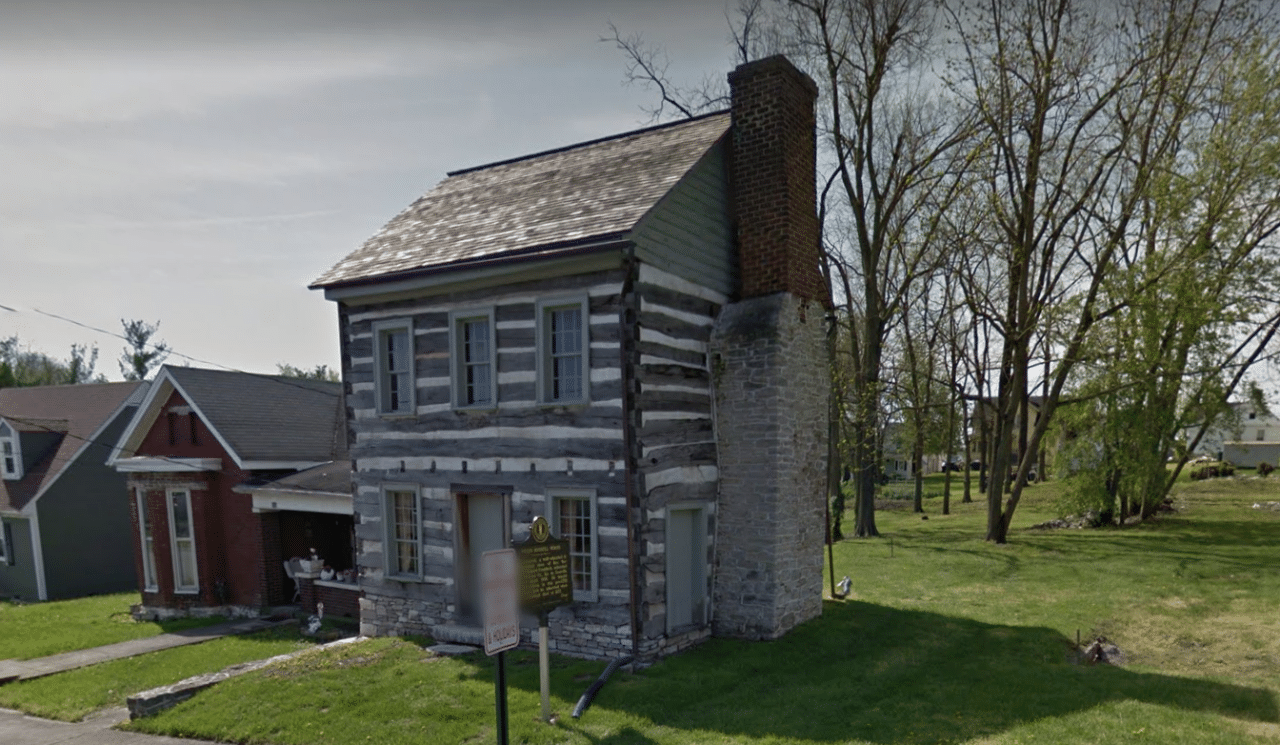Around every corner in Danville, you’ll find a window on the past. That’s especially true if you’re turning a corner onto 2nd Street, long a business and social center for the city’s African American populace.
Doric Lodge No. 18, built in 1920 with donations from its masonic brotherhood, was the anchor of the 2nd Street neighborhood, housing businesses and serving as a gathering place and fundraising hall. A historical marker at its location near Constitution Square tells more of the lodge’s history. The African Church was also a hub of the neighborhood, having been established in 1846; it served both the spirit and the intellect as the first location of the Baptist Academy school, run by educator Mary Bell Wallace.
The 2nd Street neighborhood featured many African American owned businesses, including retail shops and medical and dental offices. Visitors could drop in at the Rev. O’Neal’s barbershop to get a haircut, a shave and a splash of tonic, preparing for a night at one of the neighborhood’s many dances and social occasions. Then they could go on dinner dates at restaurants including Turner’s Grill, the Green Pastures Restaurant, the Royal Palm Café and the Chicken Shack.
The bustle of the 2nd Street neighborhood reflects the dedication and success of so many of Danville’s well-known African American residents.
Visitors can learn the story of Isabelle (Belle) Mitchell, an abolitionist who was the first African American teacher at Camp Nelson and went on to co-found the African American Orphan Industrial Home. They can learn about Dr. Benjamin F. Jones, Sr., who rose from the ashes of an enslaved childhood to gain a medical education at Howard University Medical College and practiced in Danville for many years. They can learn about John William Bate, who after graduating from Berea College in 1891 took on a teaching job at Danville’s one-room shanty school and stayed on for 59 years, building the school up into an accredited standard high school; the school is now named in his honor.
And visitors can learn more about—and from—one of Danville’s most notable natives, Frank X Walker. Walker is an writer, educator and poet whose many books include the well-known Affrilachia, which details a movement to reclaim Appalachian history and culture for the many people of color who call these mountains their home.
In addition to his distinguished university-level teaching career, Walker has served as founder and executive director of the Bluegrass Black Arts Consortium, as program coordinator of UK’s King Cultural Center and much more. His importance to Kentucky was affirmed when he was named its poet laureate, the youngest person and first African American to be so honored.
Want to find out more? To raise awareness of African American history and culture in Danville and Boyle County, Heart of Danville has partnered with Centre College and the Danville-Boyle County African American Historical Society to create “Forgotten Landmarks,” a driving tour of significant African American sites in the region. Brochures for the tour can be downloaded from the Heart of Danville site, or paper brochures are available at Grayson’s Tavern in Constitution Square, which also houses a fascinating exhibit on local African American history, with photos and memories of the African American business district during its liveliest years. Local historians and residents give visitors a glimpse back in time in this full-wall display. Stop by the Grayson’s Tavern at Constitution Square where a carefully curated exhibit details this part of Danville history.
Visitors are also invited to celebrate with us at Danville’s Soul of 2nd Festival. Though many of the historical buildings of 2nd Street were razed in 1973 as part of an urban renewal project, Soul of 2nd keeps the neighborhood’s spirit alive. All are invited for this annual celebration of great music, delicious food and joyful fellowship.
